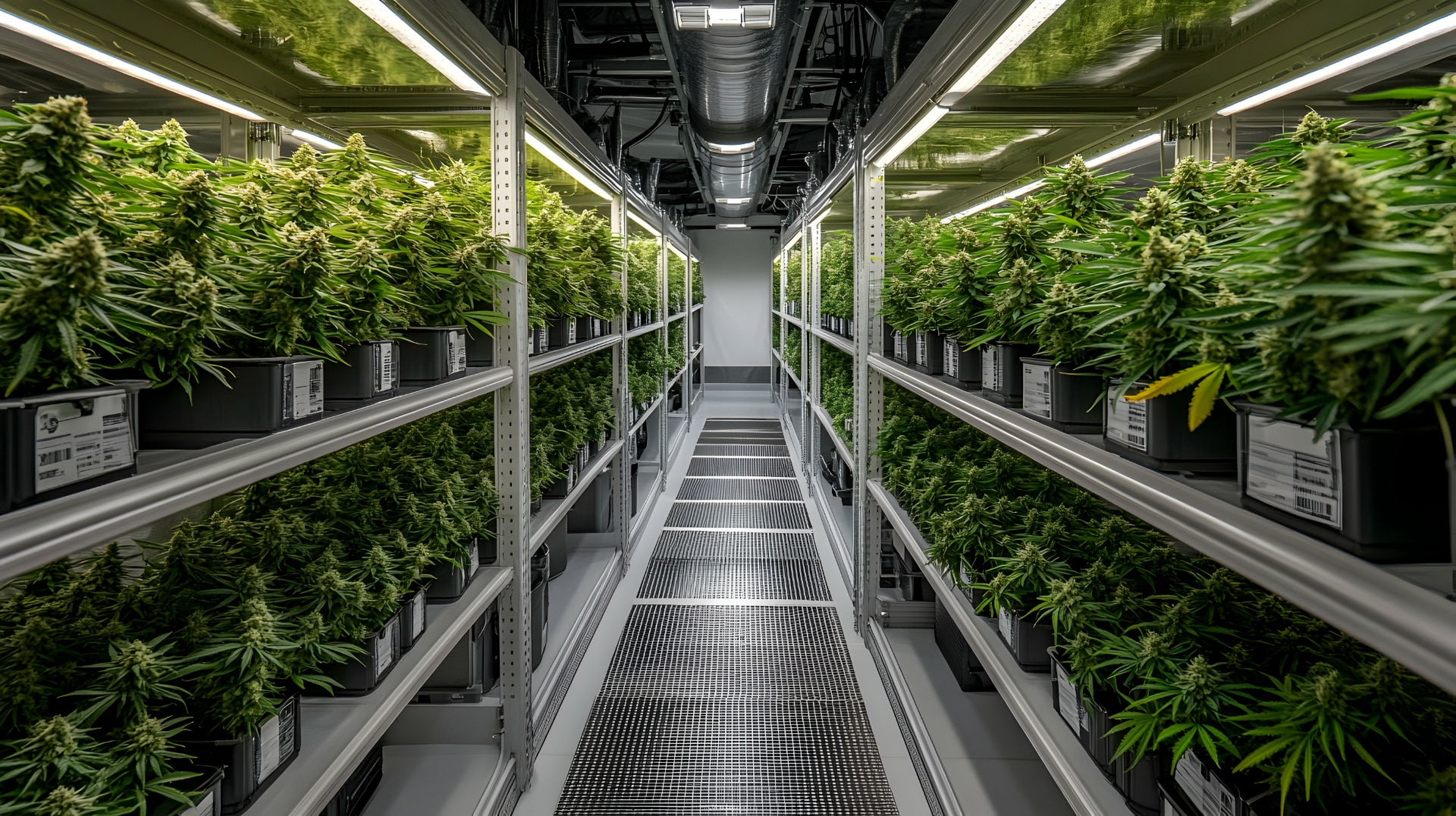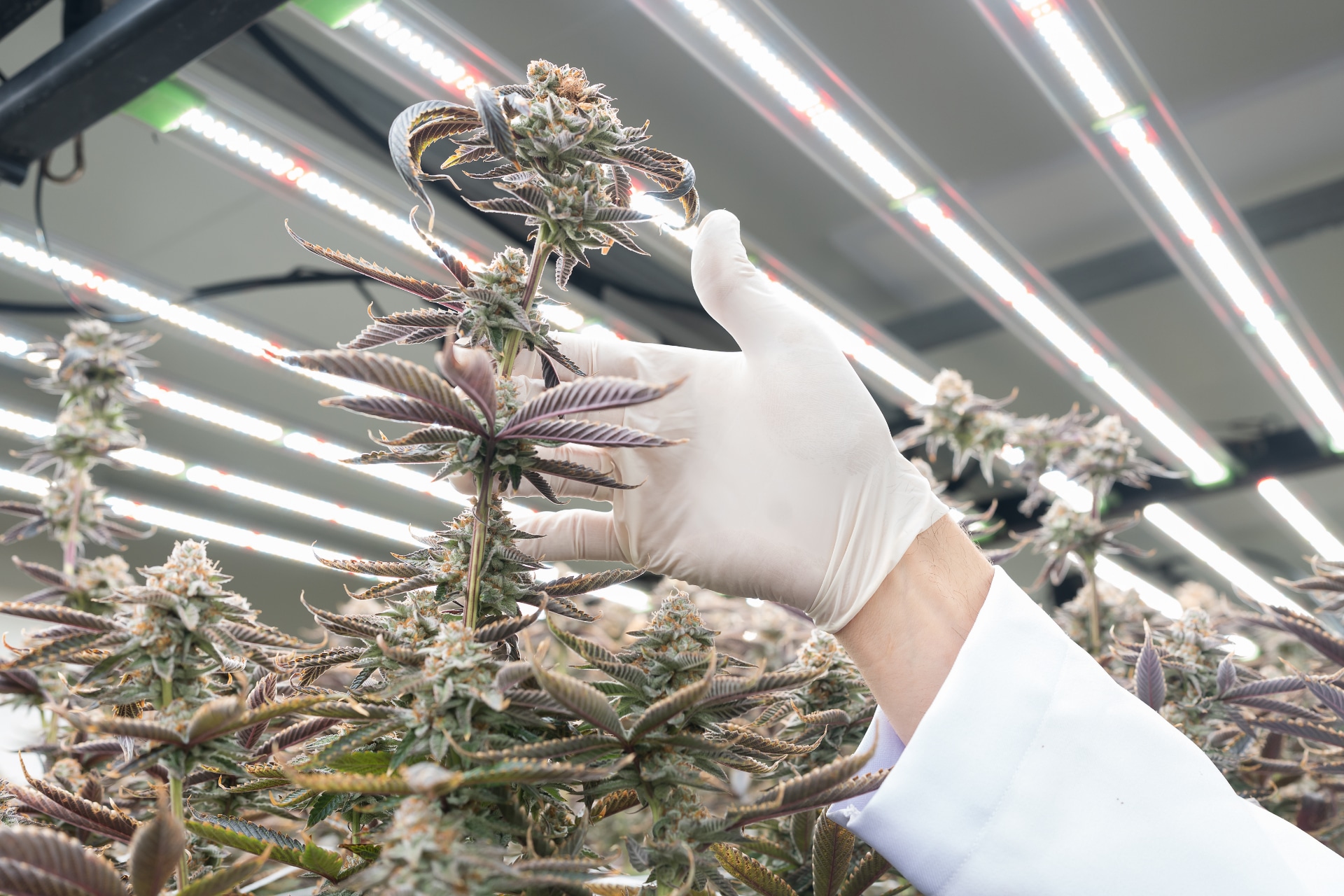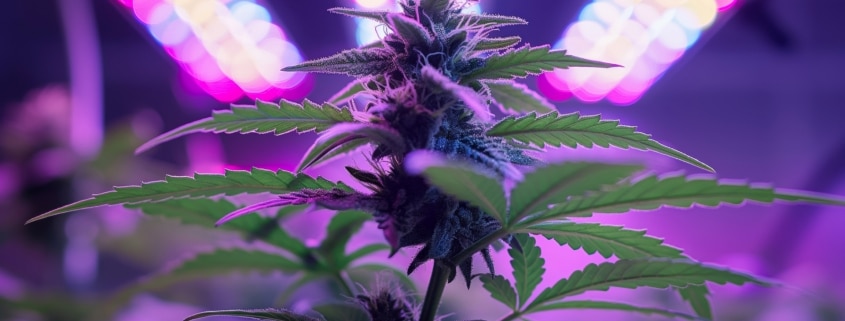Autoflowering vs Photoperiod Cannabis Plants: The Basics
Choosing between autoflowering vs photoperiod cannabis plants depends on the time of growing, growing conditions and the experience. Autoflowering plants grow fast and flower without light schedule changes, making them ideal for beginners. Photoperiod plants take longer but offer higher yields and more control over the growing process.
Each type has unique benefits, and selecting the right one depends on your goals. Understanding these differences helps you optimize the growth setup for the best results.
What Are Autoflowering Cannabis Seeds?
Autoflowering cannabis seeds grow independently of light cycle changes. They originate from cannabis ruderalis, a species known for its ability to flower based on age rather than light exposure. These plants mature quickly, making them ideal for growers who want a fast auto flower strain. They typically reach harvest in 8–12 weeks, allowing multiple grows per season.
Unlike photoperiod seeds, autoflower weed seeds don’t need a 12-hour light cycle to bloom. They thrive under consistent light (18–24 hours per day), making them suitable for indoor and outdoor cultivation. Their compact size and resilience make them an excellent option for discreet or small-space growing.
Pros and Cons of Autoflowering Seeds
Autoflowering vs photoperiod plants each have unique advantages and drawbacks. Understanding these can help growers decide which type best suits their needs.
Pros
- Fast-growing: Ready for harvest in 8–12 weeks.
- Simple light requirements: No need for strict light schedules.
- Compact and discreet: Great for small spaces and stealth grows.
- Resilient genetics: Can tolerate environmental stress better.
- Ideal for beginners: Easier to manage than photoperiod seeds.
Cons
- Smaller yields: Produces less than photoperiod cannabis strains.
- Limited control: A fixed life cycle prevents training techniques.
- Lower potency: Older strains have lower THC levels, though breeding has improved this.
- No cloning ability: Unlike photoperiod seeds, cloning is not effective.
- Nutrient-sensitive: More prone to overfeeding issues.

What Are Photoperiod Cannabis Seeds?
Photosynthetic seeds need controlled cycles of light to go between the vegetative phase into the flowering stage. They typically require 12 hours of sunlight in darkness for 12 hours before they can flower. Contrary to auto flowers and female seeds, photoperiod varieties permit growers to regulate the size of the plant, yield, and strength.
These plants take longer to mature but offer higher THC levels and larger yields. With proper care, they can remain in the vegetative stage indefinitely, allowing for strategic pruning and training. They require more attention but reward growers with higher yields and customizable growth cycles.
Pros and Cons of Photoperiod Seeds
Photoperiod plants are preferred by experienced growers due to their control and yield potential. However, they require careful management.
Pros
- Higher yields: Can produce significantly more than autoflower weed seeds.
- Greater potency: Often have higher THC levels than autoflowers.
- More control: Growers can extend the vegetative stage for larger plants.
- Cloning ability: Can be cloned for consistent results.
- Diverse strain selection: More strain variety than autoflowers.
Cons
- Longer growth time: Requires 12–16 weeks for harvest.
- Light-dependent: Needs strict light schedules to flower.
- More complex to grow: Not ideal for beginners.
- Space limitations: Can grow taller and require pruning.
- Vulnerable to stress: More sensitive to environmental changes.
Key Differences Between Autoflowering and Photoperiod Seeds
Understanding the key differences between autoflowering and photoperiod seeds helps growers select the best option based on time, yield, and cultivation control. Each type has distinct growth patterns and requirements.
| Factor | Autoflowering Cannabis Strains | Photoperiod Cannabis Plants |
| Growth Cycle | Fast auto flower strains, ready in 8–12 weeks. | Longer cycle with customizable flowering stage. |
| Light Requirements | No strict light schedule, thrives under 18–24 hours of light per day. | Needs 12 hours of light and 12 hours of darkness to bloom. |
| Plant Size and Yield | Compact plants produce smaller yields. | Larger plants, capable of higher yields. |
| Potency and Variety | Improved THC levels due to modern breeding. | Traditionally higher potency and broader strain selection. |
| Growing Conditions | Resilient, beginner-friendly, and adaptable to various environments. | Requires control over the growing process and training techniques. |

Which Type of Seed Is Right for You?
Choosing between autoflowering vs photoperiod seeds depends on your experience, available space, and goals. Autoflowering cannabis strains are ideal for beginners, while photoperiod cannabis plants offer higher yields and more control over the growing process.
Factors to Consider
Choosing the right seed type depends on experience, space, and cultivation goals. Each factor influences plant growth and final yields.
- Experience Level: Autoflowering cannabis strains suit beginners since they require less maintenance. Photoperiod cannabis plants are better for experienced growers who want to use training techniques to optimize growth.
- Growing Environment: Fast auto flower strains thrive in small spaces and don’t need a light schedule, making them great for indoor or stealth growth. Photoperiod cannabis strains need regulated hours of light per day and grow taller.
- Yield and Potency: If higher yields and stronger THC levels are priorities, photoperiod cannabis strains are the best option. Autoflowers, though improving, still yield less.
- Time Constraints: Autoflowering cannabis strains complete their cycle in 8–12 weeks, making them ideal for quick harvests. Photoperiod cannabis plants require a longer vegetative stage before flowering.
Scenarios for Choosing Between Autoflowering and Photoperiod Seeds
Each grower has different needs, and choosing the right seed type ensures a successful harvest.
- Beginners or those with limited space should opt for autoflowering cannabis strains for ease and resilience.
- Growers who want maximum control over the flowering stage should use photoperiod cannabis plants.
- Those looking for a quick turnaround should consider fast auto-flower strains.
- Cultivators seeking the most potent strains should grow photoperiod cannabis strains, which generally have stronger THC levels.
- Outdoor growers who can manage a 12-hour light cycle will benefit from photoperiod cannabis plants, which adapt well outdoors.
By choosing between autoflowering and photoperiod, growers can plan based on time, space, and cultivation skills.
Understanding the major distinctions between autoflowering and photoperiod seeds allows growers to make educated decisions. Autoflowering cannabis varieties are ideal for those looking for rapid harvests and minimal effort. On the other hand, photoperiod cannabis plants offer better yields and more control over the process of growing. The choice you make should be in line with your knowledge, space and your objectives for cultivation.





